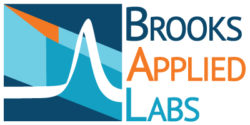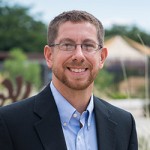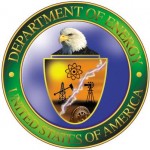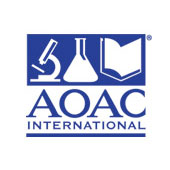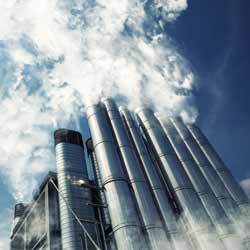
Coal usually contains high levels of selenium, particularly from sources that are also high in sulfur. This results in waste streams from coal-fired power plants having selenium concentrations that far exceed industrial discharge limits.
Removal of selenium from these wastewater streams can present a significant challenge since the effectiveness of most treatment processes depends on the forms (or species) of selenium present. Different plant operating conditions and treatment additives are well-known to impact selenium speciation in flue gas desulfurization (FGD) wastewaters. Monitoring which forms of selenium are present at various stages and over time, particularly as changes are made to plant operations, is critical for ensuring that wastewater treatment systems are functioning properly.
Brooks Applied Labs (BAL) offers advanced analytical services for the determination selenium species by a variety of hyphenated techniques, the most common of which is IC-ICP-CRC-MS. Coupling ion chromatography (IC) separation methods to inductively coupled plasma – mass spectrometry (ICP-MS) instruments equipped with collision reaction cell (CRC) technology allows for high sensitivity and accuracy in even the most complex matrices. Over a dozen different selenium species can be measured with these methods, including selenite [Se(IV)], selenate [Se(VI)], selenocyanate [SeCN], selenosulfate [SeSO
32-], selenomethionine [SeMet], selenomethionine oxide [SeMetO], methylseleninic acid [MeSe(IV)], and methaneselenonic acid [MeSe(VI)]. An example chromatogram for selenium speciation by IC-ICP-CRC-MS is shown below:
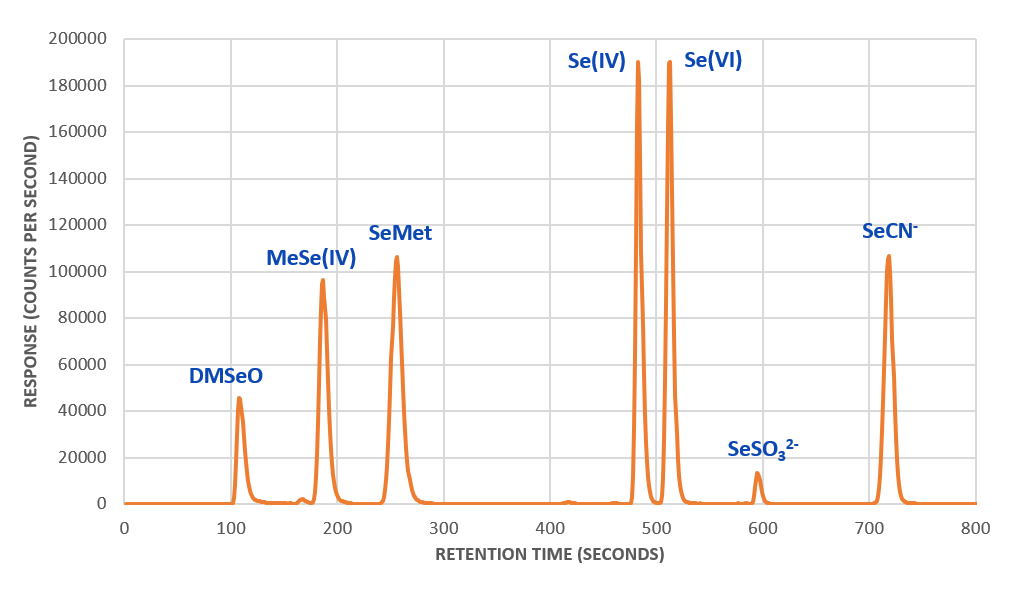
Should these routine methods indicate the presence of “missing” forms of Se, BAL has both the expertise and other developed methods to close the selenium mass balance. For example, reverse phase high performance liquid chromatography ICP-CRC-MS (RP-HPLC-ICP-CRC-MS), can be used for measurement of non-ionic forms of selenium like dimethylselenide [DMSe] and dimethyldiselenide [DMDSe]. The latter two species can be formed in biological treatment systems that are often used for selenium removal.
To find out more about how we can help with your next project, please
contact us!
 Russell Gerads, the Business Development Director at Brooks Applied Labs, gave a presentation on October 22nd, 2015 at the EPA Region 6 Quality Assurance Conference in Dallas, TX, entitled, “Critical Considerations for Data Quality in Elemental Speciation”. This presentation by Russ and Hakan Gürleyük provided a basis of understanding for what laboratory QA/QC procedures must be in place for reliable and quantitative determination of various elemental species. Brooks Applied Labs provides unmatched technical expertise in metals speciation analyses and is the leading provider of specialty metals testing services. Contact us to learn more.
Russell Gerads, the Business Development Director at Brooks Applied Labs, gave a presentation on October 22nd, 2015 at the EPA Region 6 Quality Assurance Conference in Dallas, TX, entitled, “Critical Considerations for Data Quality in Elemental Speciation”. This presentation by Russ and Hakan Gürleyük provided a basis of understanding for what laboratory QA/QC procedures must be in place for reliable and quantitative determination of various elemental species. Brooks Applied Labs provides unmatched technical expertise in metals speciation analyses and is the leading provider of specialty metals testing services. Contact us to learn more.
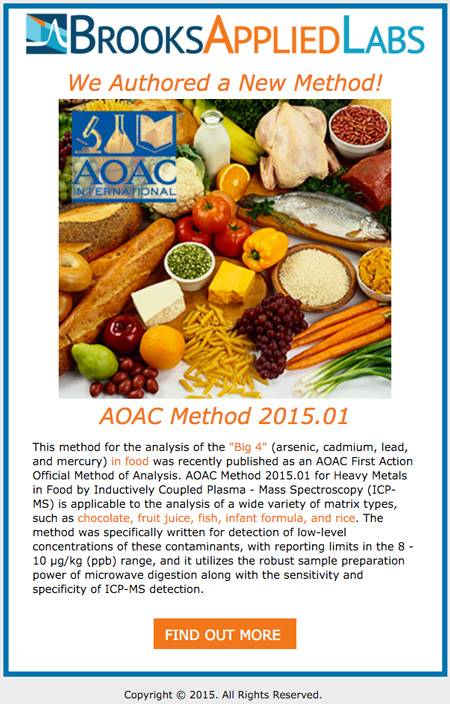
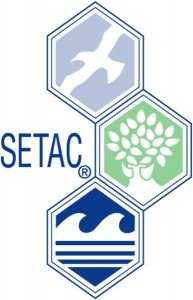

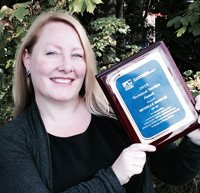 Couldn’t attend the 129th Annual AOAC Meeting in Los Angles in September? Brooks Applied Labs was there, and here’s what you missed:
Couldn’t attend the 129th Annual AOAC Meeting in Los Angles in September? Brooks Applied Labs was there, and here’s what you missed: Recently, there have been growing concern related to cobalt (Co) exposure through supplement intake and in patients receiving metal hip implants made with a Co-alloy material, prompting an investigation into analytical methodologies for the determination of total Co in biological fluids. Co is a component of cyanocobalamin and is necessary in the production of hemoglobin and red blood cells. In coordination with
Recently, there have been growing concern related to cobalt (Co) exposure through supplement intake and in patients receiving metal hip implants made with a Co-alloy material, prompting an investigation into analytical methodologies for the determination of total Co in biological fluids. Co is a component of cyanocobalamin and is necessary in the production of hemoglobin and red blood cells. In coordination with  Coal usually contains high levels of selenium, particularly from sources that are also high in sulfur. This results in waste streams from coal-fired power plants having selenium concentrations that far exceed industrial discharge limits.
Removal of selenium from these wastewater streams can present a significant challenge since the effectiveness of most treatment processes depends on the forms (or species) of selenium present. Different plant operating conditions and treatment additives are well-known to impact selenium speciation in flue gas desulfurization (FGD) wastewaters. Monitoring which forms of selenium are present at various stages and over time, particularly as changes are made to plant operations, is critical for ensuring that wastewater treatment systems are functioning properly.
Brooks Applied Labs (BAL) offers advanced analytical services for the determination selenium species by a variety of hyphenated techniques, the most common of which is IC-ICP-CRC-MS. Coupling ion chromatography (IC) separation methods to inductively coupled plasma – mass spectrometry (ICP-MS) instruments equipped with collision reaction cell (CRC) technology allows for high sensitivity and accuracy in even the most complex matrices. Over a dozen different selenium species can be measured with these methods, including selenite [Se(IV)], selenate [Se(VI)], selenocyanate [SeCN], selenosulfate [SeSO32-], selenomethionine [SeMet], selenomethionine oxide [SeMetO], methylseleninic acid [MeSe(IV)], and methaneselenonic acid [MeSe(VI)]. An example chromatogram for selenium speciation by IC-ICP-CRC-MS is shown below:
Coal usually contains high levels of selenium, particularly from sources that are also high in sulfur. This results in waste streams from coal-fired power plants having selenium concentrations that far exceed industrial discharge limits.
Removal of selenium from these wastewater streams can present a significant challenge since the effectiveness of most treatment processes depends on the forms (or species) of selenium present. Different plant operating conditions and treatment additives are well-known to impact selenium speciation in flue gas desulfurization (FGD) wastewaters. Monitoring which forms of selenium are present at various stages and over time, particularly as changes are made to plant operations, is critical for ensuring that wastewater treatment systems are functioning properly.
Brooks Applied Labs (BAL) offers advanced analytical services for the determination selenium species by a variety of hyphenated techniques, the most common of which is IC-ICP-CRC-MS. Coupling ion chromatography (IC) separation methods to inductively coupled plasma – mass spectrometry (ICP-MS) instruments equipped with collision reaction cell (CRC) technology allows for high sensitivity and accuracy in even the most complex matrices. Over a dozen different selenium species can be measured with these methods, including selenite [Se(IV)], selenate [Se(VI)], selenocyanate [SeCN], selenosulfate [SeSO32-], selenomethionine [SeMet], selenomethionine oxide [SeMetO], methylseleninic acid [MeSe(IV)], and methaneselenonic acid [MeSe(VI)]. An example chromatogram for selenium speciation by IC-ICP-CRC-MS is shown below:
 Should these routine methods indicate the presence of “missing” forms of Se, BAL has both the expertise and other developed methods to close the selenium mass balance. For example, reverse phase high performance liquid chromatography ICP-CRC-MS (RP-HPLC-ICP-CRC-MS), can be used for measurement of non-ionic forms of selenium like dimethylselenide [DMSe] and dimethyldiselenide [DMDSe]. The latter two species can be formed in biological treatment systems that are often used for selenium removal.
To find out more about how we can help with your next project, please
Should these routine methods indicate the presence of “missing” forms of Se, BAL has both the expertise and other developed methods to close the selenium mass balance. For example, reverse phase high performance liquid chromatography ICP-CRC-MS (RP-HPLC-ICP-CRC-MS), can be used for measurement of non-ionic forms of selenium like dimethylselenide [DMSe] and dimethyldiselenide [DMDSe]. The latter two species can be formed in biological treatment systems that are often used for selenium removal.
To find out more about how we can help with your next project, please 
